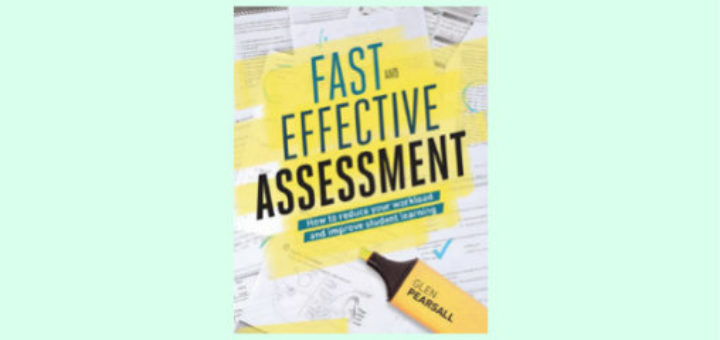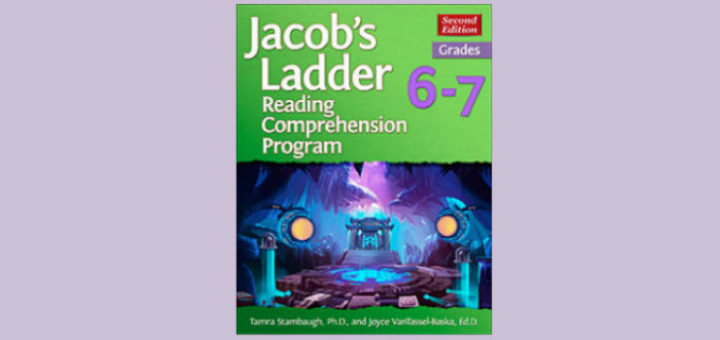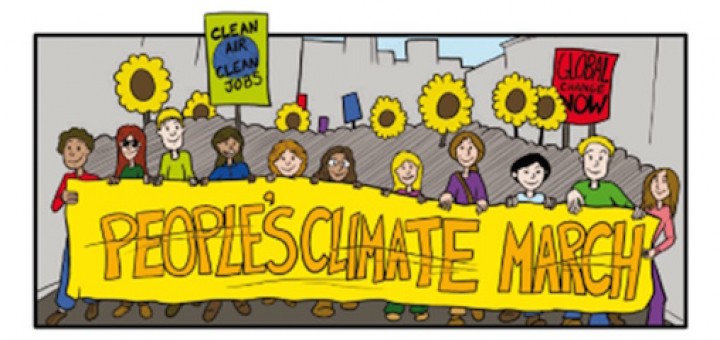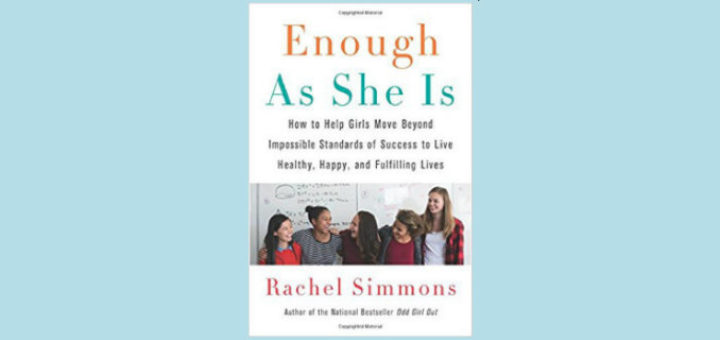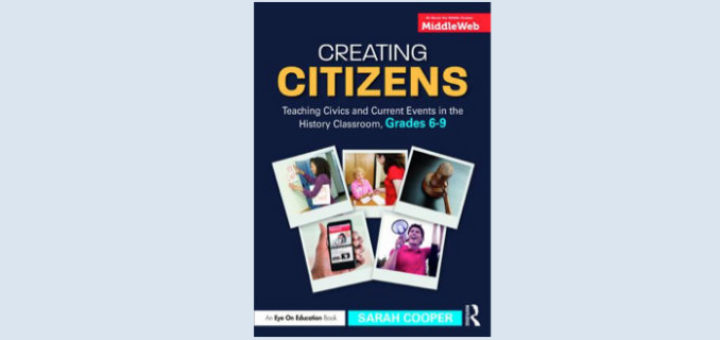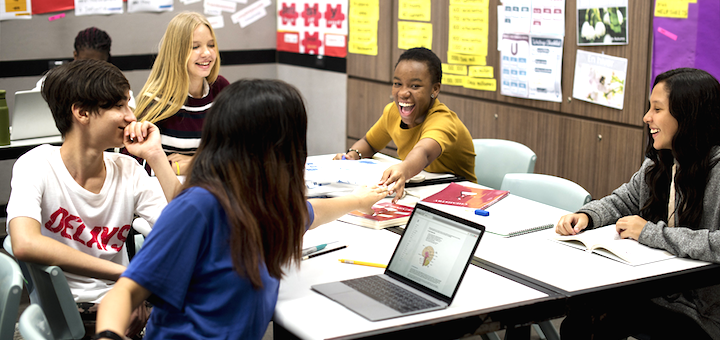Teaching and learning in grades 4-8
Glen Pearsall’s Fast and Effective Assessment focuses on making life easier for teachers while improving students’ learning and understanding, writes consultant Anne Anderson. Pearsall includes lots of ideas and efficient tools to create feedback that benefits students.
Stambaugh and VanTassel-Baska focus on purposeful planning, finding stories to engage young readers, and discovering ways to use readings to get the most impactful writing from students while increasing their overall comprehension, says teacher Erin Corrigan-Smith.
Reader’s theatre helps EL students feel more confident “playing” with English and learning to use fixed expressions, intonation, and gesture, writes teacher-author Alice Savage. Explore her 10 ideas for extending the content or language of a script into engaging lessons.
It is not easy for students to research today, or to read with a critical eye. Yet these are the very skills they need in an internet-driven world. In a new MiddleWeb column, teacher-author Jeremy Hyler shares tips that can make research writing more fun, effective and efficient.
Middle school science educator and Albert Einstein Distinguished Education Fellow Joshua Sneideman and energy education specialist Erin Twamley share seven ways that teachers and schools can involve students in climate change studies. Included: Project ideas.
One area of Matt Smith’s teaching “that has improved tremendously since my novice days” is facilitating productive discussions. Students need to engage in active talk to process complex ideas. This won’t happen until teachers master “wait time” and stop affirming too much.
Middle school dean Bill Ivey says Rachel Simmons’s Enough As She Is will thoroughly illuminate and clarify what parents and teachers of girls are seeing and hearing and help those adults think through how best to be supportive as girls seek their best authentic selves.
Sarah Cooper’s Creating Citizens will ignite a passion for discovery, challenge students to seek information from wide ranging sources, and help them apply their learning and form their own opinions about history, civics and current events, writes Linda Biondi.
Grammar doesn’t need to be numbing. As you consider curriculum additions and tweaks over summer, author and literacy consultant Sarah Tantillo suggests ways you can incorporate grammar into those refreshed lessons to help students understand structure and write more clearly.
Given what we know about the adolescent brain, is it realistic to attempt to teach middle school students how to manage their emotions and use their best knowledge and judgment? Emotional intelligence expert Dr. Maurice Elias says it’s not only realistic but imperative.

